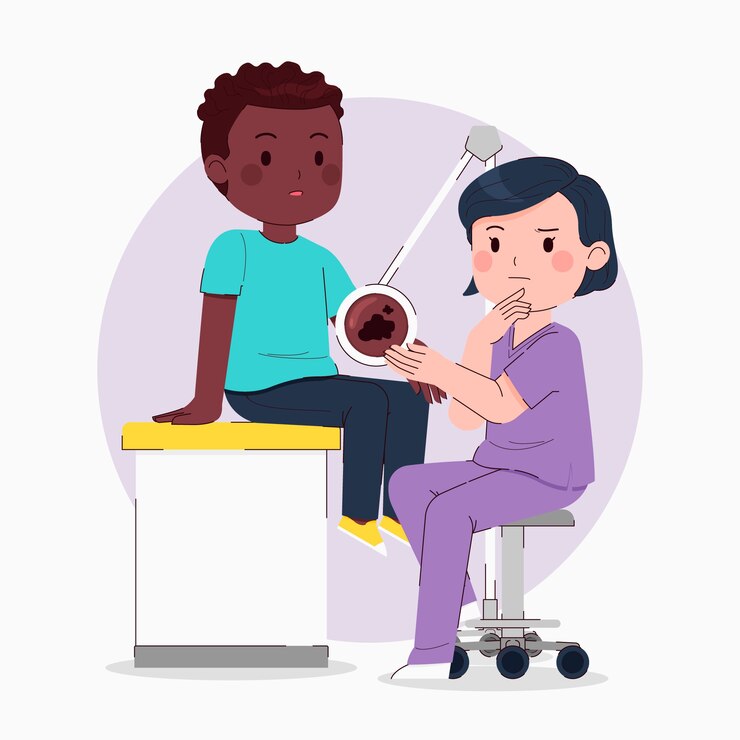
Anaphylaxis in Children: Understanding Signs and Taking Quick Action
Introduction:
Anaphylaxis in children can be frightening, but knowing how to recognize the signs and take swift action is crucial for their safety. Let’s explore what anaphylaxis is, how it affects children, and what steps parents and caregivers can take to respond effectively.
Understanding Anaphylaxis: Anaphylaxis is a severe allergic reaction that can occur suddenly and affect the entire body. In children, anaphylaxis is often triggered by allergens such as foods, insect stings, medications, or latex. It’s essential for parents and caregivers to recognize the signs of anaphylaxis so they can take immediate action.
Recognizing Signs of Anaphylaxis in Children: The symptoms of anaphylaxis in children can vary but may include:
- Difficulty breathing or wheezing
- Swelling of the face, lips, tongue, or throat
- Rapid or weak pulse
- Hives or rash
- Nausea, vomiting, or diarrhea
- Feeling faint or lightheaded
- Loss of consciousness
Taking Action:
If you suspect that your child is experiencing anaphylaxis, it’s crucial to act quickly. Here’s what you can do:
- Administer Epinephrine: If your child has been prescribed an epinephrine auto-injector (e.g., EpiPen), use it immediately. Inject into the outer thigh muscle and hold for several seconds.
- Call Emergency Services: Dial 911 or your local emergency number to seek immediate medical assistance. Anaphylaxis is a medical emergency, and prompt treatment is essential.
online pharmacy buy vilitra with best prices today in the USA
- Stay Calm and Reassure: Stay with your child, keep them calm, and reassure them that help is on the way. Comfort and support can help alleviate anxiety and fear during a severe allergic reaction.
- Monitor Vital Signs: Keep an eye on your child’s breathing, pulse, and level of consciousness until help arrives. Be prepared to perform CPR if necessary.
online pharmacy buy cialis super active with best prices today in the USA
Preventing Anaphylaxis in Children:
To reduce the risk of anaphylaxis in children, parents and caregivers can take the following precautions:
- Identify and avoid known allergens.
- Educate family members, caregivers, and school personnel about your child’s allergies and emergency action plan.
- Ensure that your child always carries their epinephrine auto-injector and knows how to use it.
online pharmacy buy ventolin with best prices today in the USA
Conclusion:
Anaphylaxis in children can be a frightening experience, but with prompt recognition and action, lives can be saved. By knowing the signs of anaphylaxis, taking quick action, and taking preventive measures, parents and caregivers can help keep children with allergies safe and healthy.
To seek medical advice, always consult a Doctor. Here are our recommended EXPERTS. Click here
To read more on SKIN. Click Here


